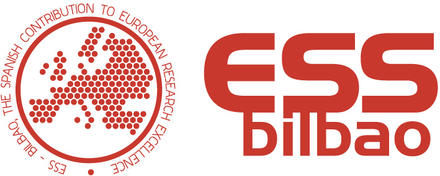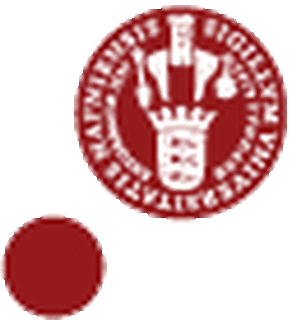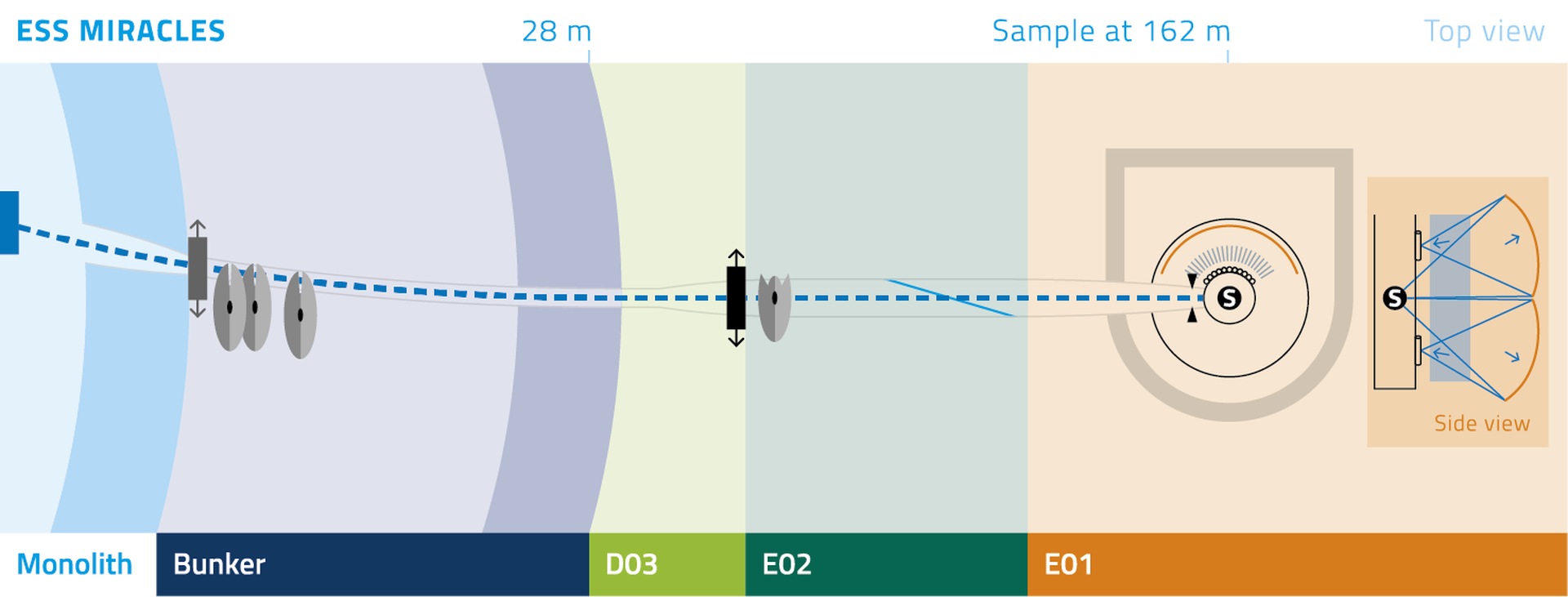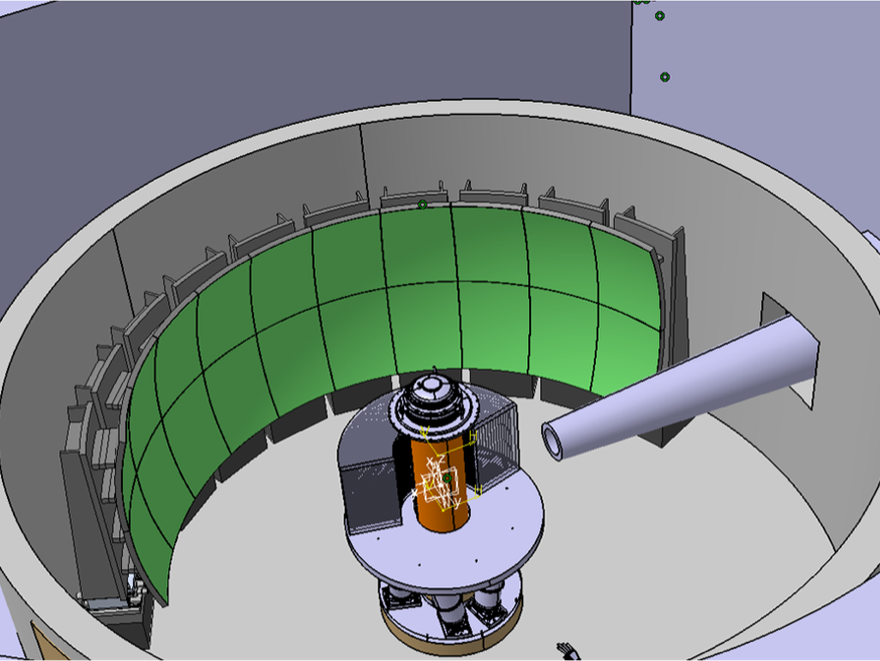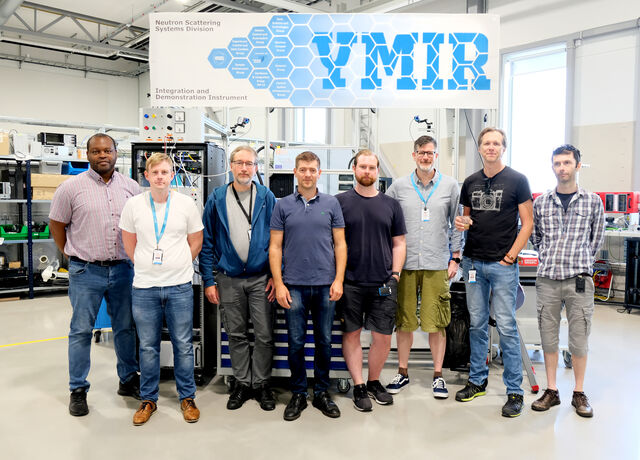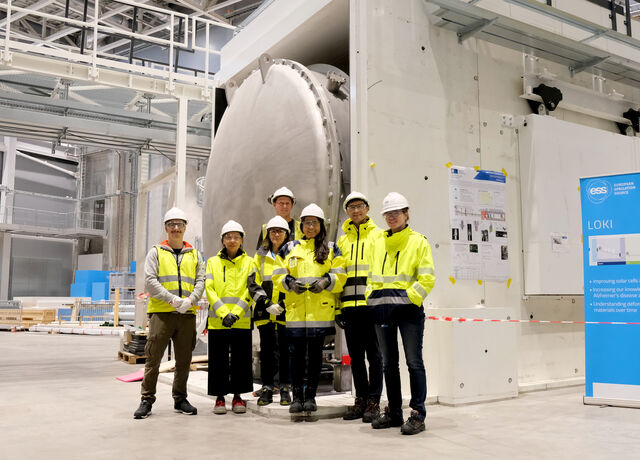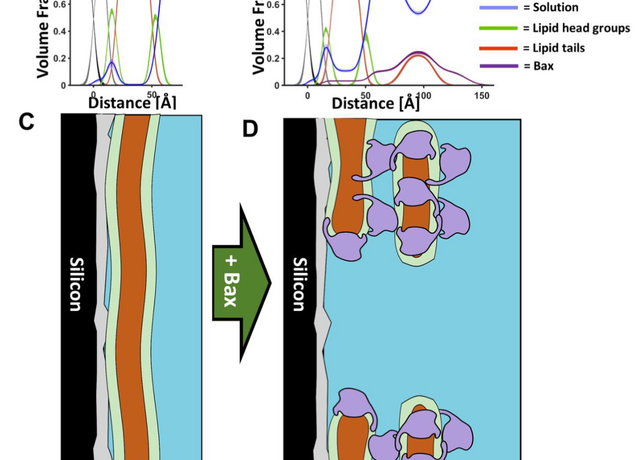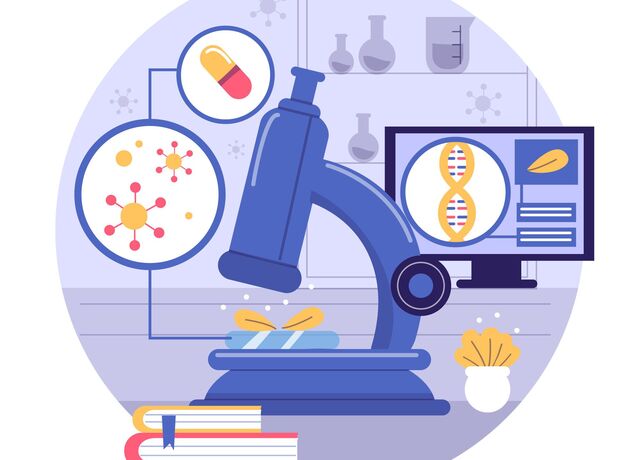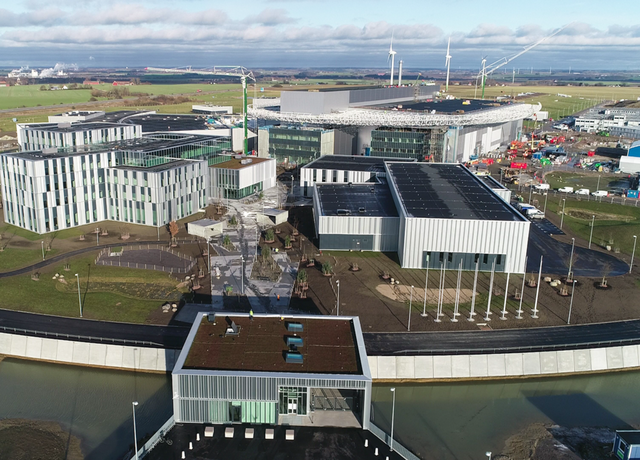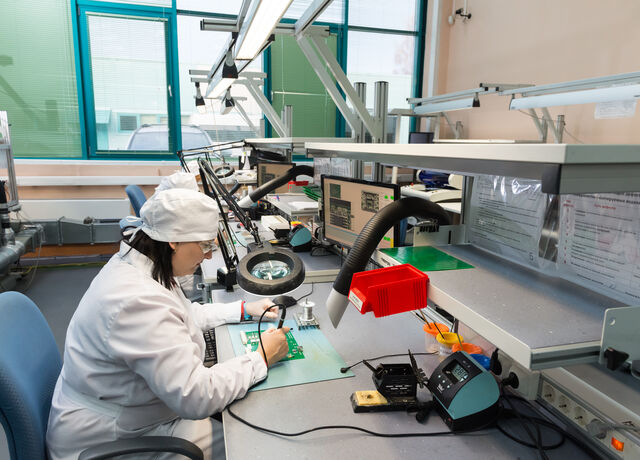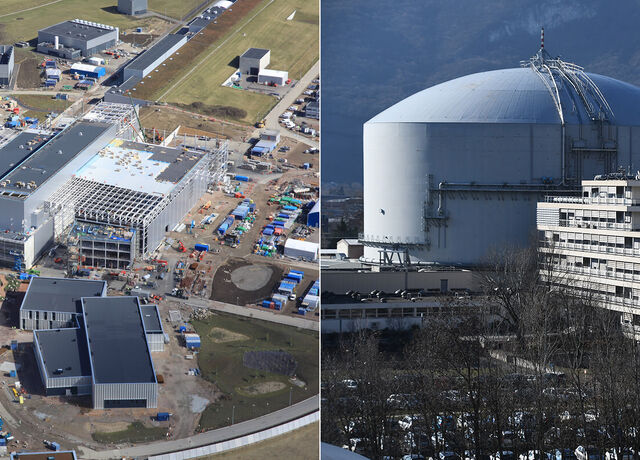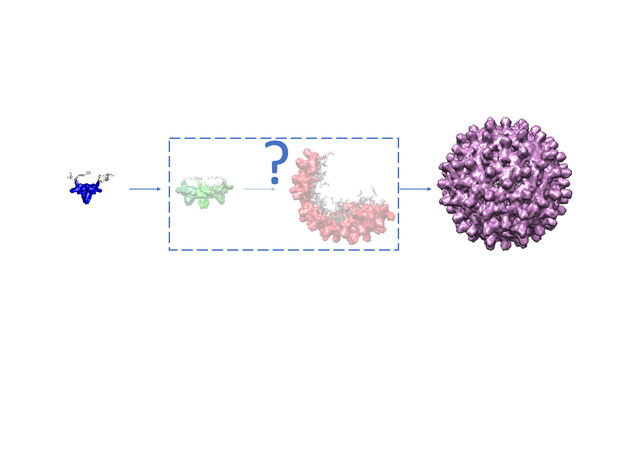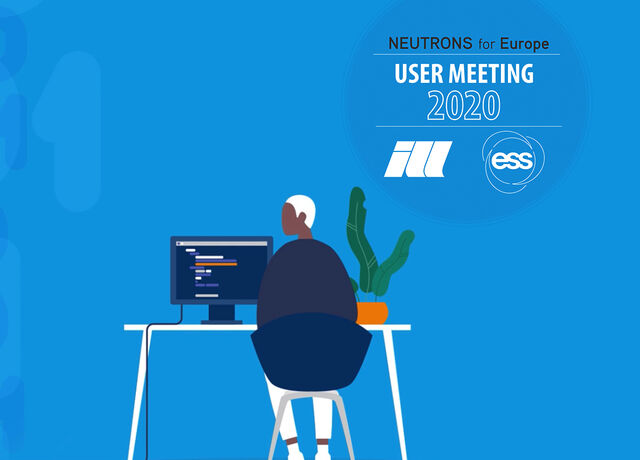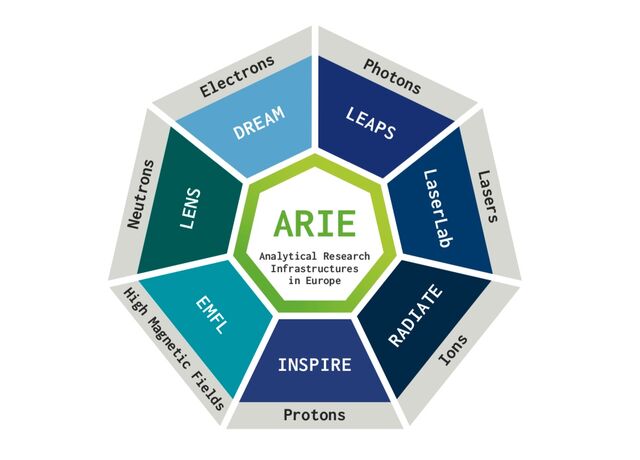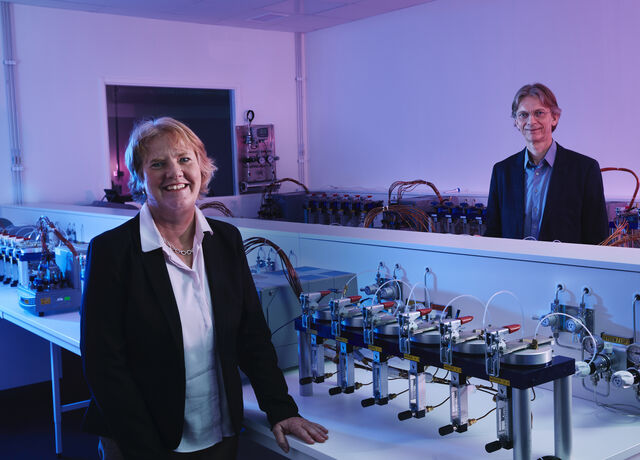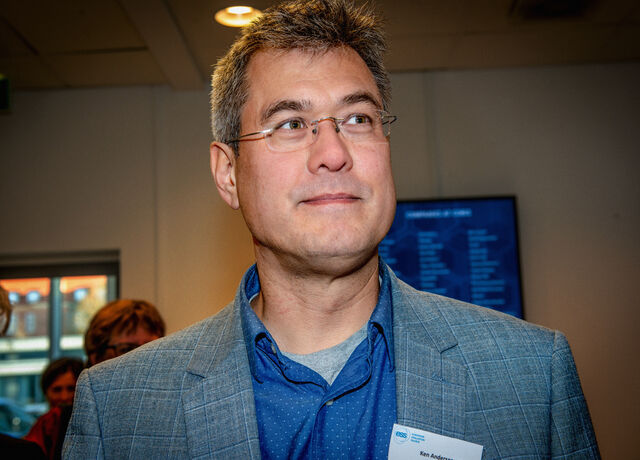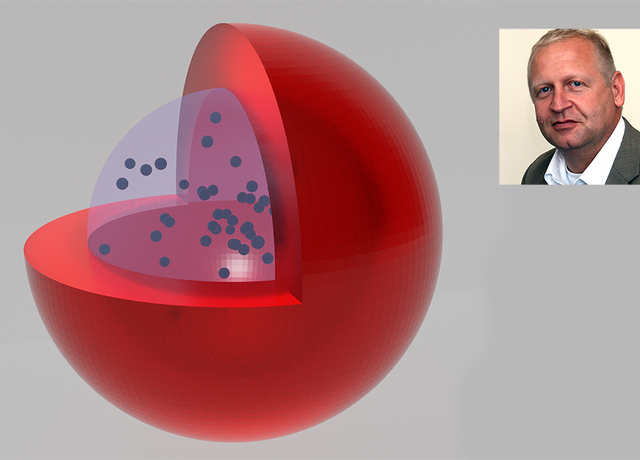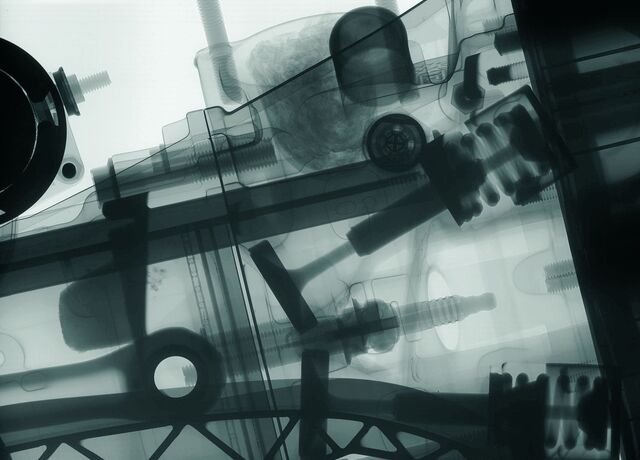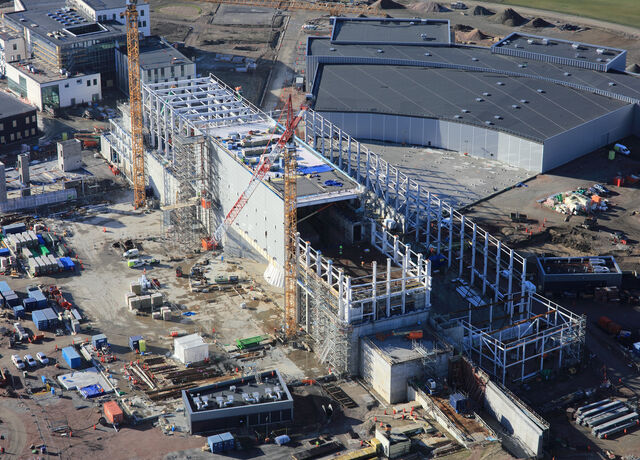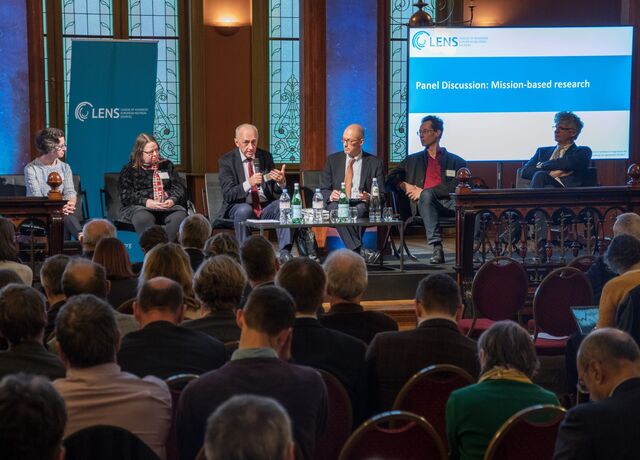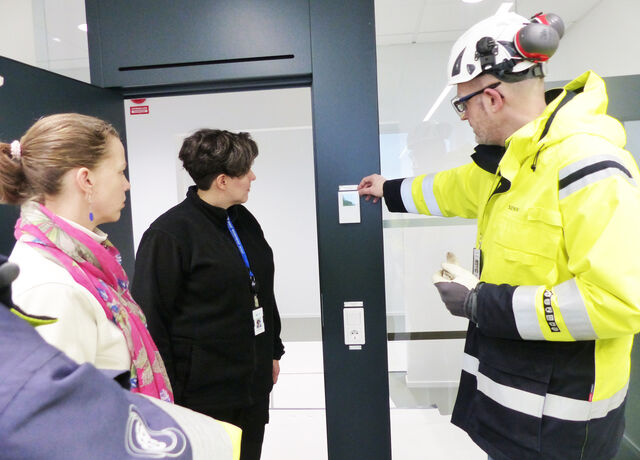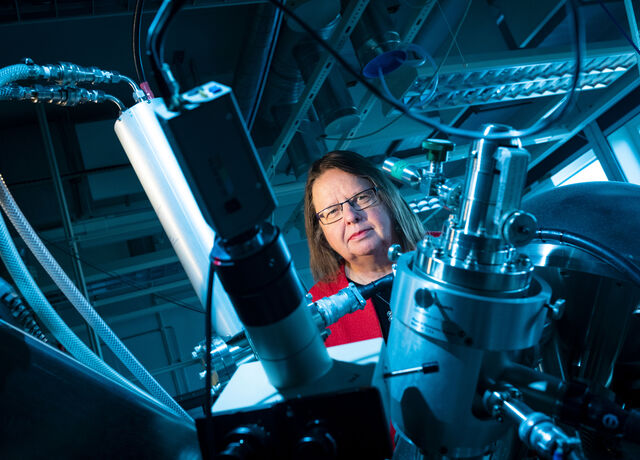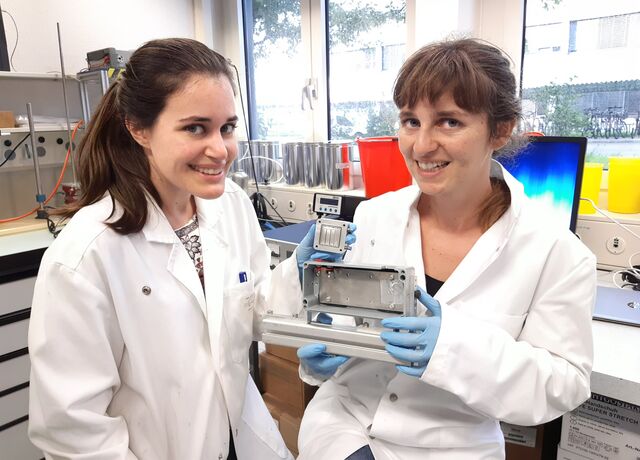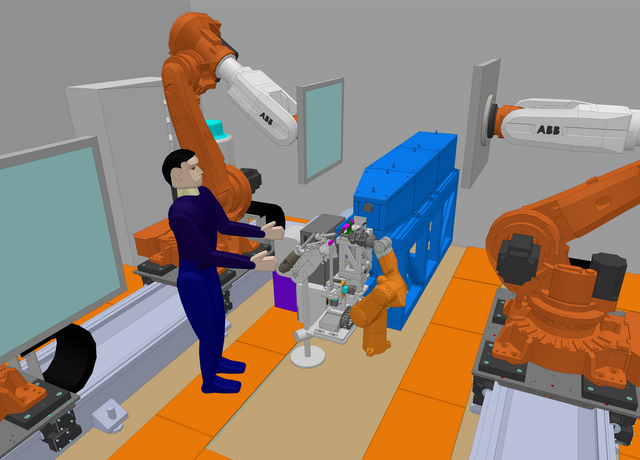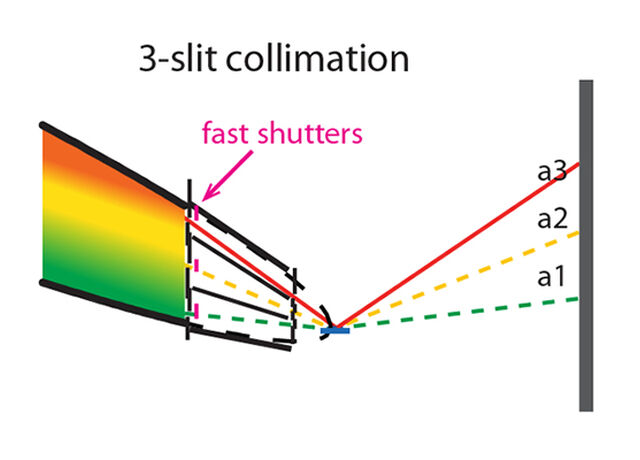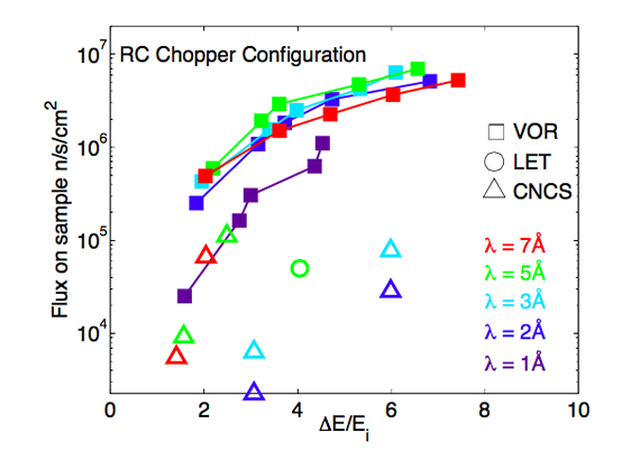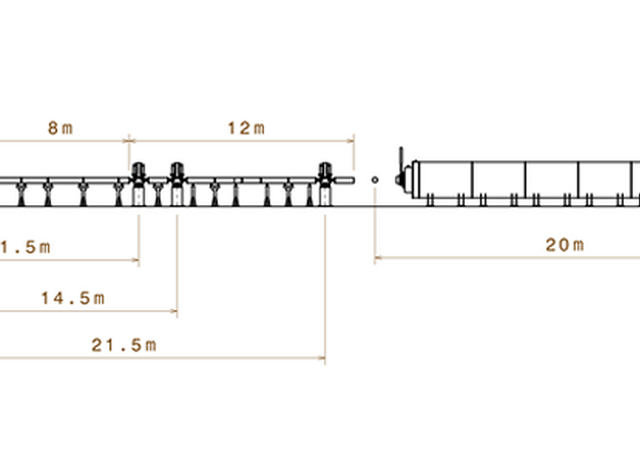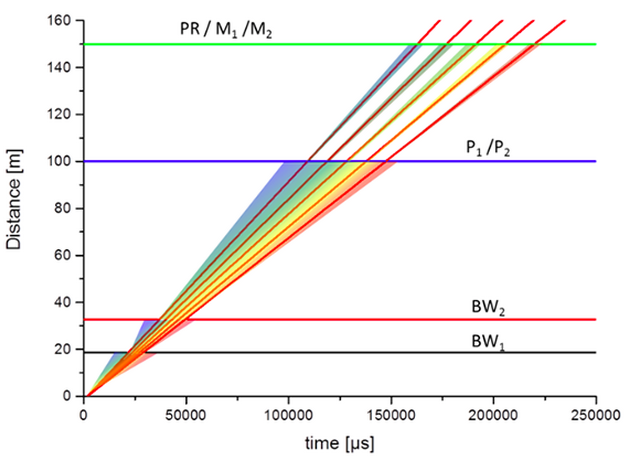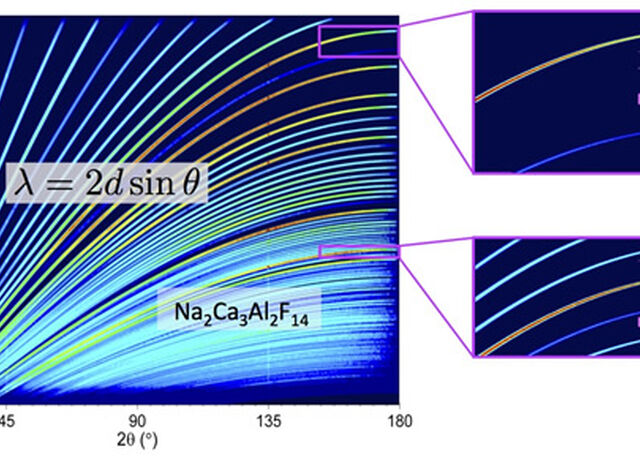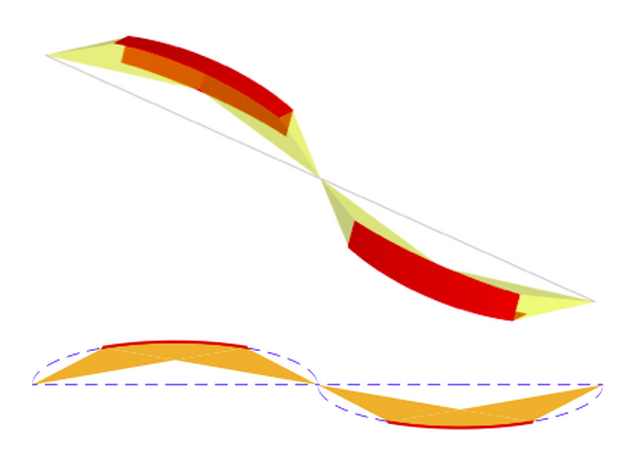MIRACLES
Backscattering Spectrometer
MIRACLES is the time-of-flight backscattering instrument of the European Spallation Source. Revealing dynamic processes over a wide energy range, it will serve life science, polymer science, energy materials, magnetism studies and much more. The configuration of the long time-of-flight primary spectrometer and the large backscattering secondary spectrometer will give unprecedented energy resolution in accelerator-driven neutron source spectrometers, with an outstanding performance and versatility due to the flexibility of tuning energy resolution from a large dynamic range and performing quasielastic and inelastic neutron scattering experiment (QENS and INS) in a wide collection of operation modes.
Instrument Class
Beam Port
Lead Scientist
Lead Engineer
Life sciences, molecular dynamics and water dynamics
- Degenerative diseases: Alzheimer, Parkinson, Cancer
- Protein dynamics and enzyme catalysis
- Pharmaceutical studies: drug implementation/delivery
Energy sciences:
- Fuel cells and H2 storage (hydrides)
- Proton diffusion in MOFs
- Catalysis
Polymer sciences:
- Viscoelasticity
- Morphology-performance connections in e.g. organic electronic devices
Climate change:
- Ice formation
- Portland-alternative cements (water dynamics)
Next-generation magnetic materials:
- Molecular nanomagnets
- Spin dynamics in novel magnetic materials (spin ice, large SOC)
MIRACLES is the time-of-flight backscattering spectrometer at ESS. ESS-Bilbao is the primary partner in the design, construction and commissioning of the instrument, with close collaborations between ESS-Bilbao, the University of Copenhagen and ESS.
MIRACLES is one of the ESS long instruments (162.5 m from source to sample) located at the west sector. The design of the primary spectrometer (that tailors the energy and shape of the neutron pulse arriving to the sample) is essentially simple, but smartly designed to transport cold neutrons with a neutron wavelength between 2 and 20 Å. The neutron beam extraction system has been optimized for an efficient neutron collection and transport, according to its view of the ESS butterfly moderator. The guide presents a curve, extended throughout the bunker and Experimental Hall 3 (D03), to avoid direct line of sight of unwanted fast neutrons, thus minimising the spectral background.
A key characteristic of the performance of the MIRACLES instrument is the outstanding flexibility to cover a wide range of neutron beam energy probing the sample for quasielastic and inelastic neutron scattering experiment (QENS and INS), taking advantage of the long pulse of the ESS neutron source with an optimised chopper cascade to tailor this neutron pulse and select the required energy range.
The core of the instrument is the sample-analyser-detector near-backscattering geometry of this type of instrument. High resolution will be achieved using a 155º coverage analyzer made of more than 1000 Si(111) bent crystals, with a fixed analyzer radius of 2.5 m. A 3He detector array will be strategically located around the sample chamber to collect efficiently the backscattered neutrons, with recent efforts oriented to reduce, to a minimum dimension achievable, the distance between the sample and the detectors, and improving the backscattering geometry.
Sample Environment
MIRACLES will have access to the common pool of sample-environment equipment provided by ESS.
-
F. J. Villacorta, D. Martín-Rodríguez, M. Bertelsen and H. N. Bordallo, “Neutron guide design optimization of MIRACLES, the time-of-flight backscattering spectrometer at the European Spallation Source”, Quantum Beam Sci. 6, 3 (2022).
-
R. Martínez, M. Marko, A. Conde, A. Zugazaga, I. Mazkiaran, O. G. del Moral, G. Harper, J.E.M. Pereira, H. N. Bordallo, and F.J. Villacorta, “Conceptual design of a radial collimator for MIRACLES, the time-of-flight backscattering spectrometer at the European Spallation Source”, Proceedings of the QENS-WINS 2022, EPJ Web of Conferences 272, 02010 (2022).
-
F. J. Villacorta, H. N. Bordallo and M. Arai, “A Pulse-Multiplication Proposal for MIRACLES, the Neutron TOF-Backscattering Instrument at the European Spallation Source”, Quantum Beam Sci. 5, 2 (2021).
-
Andersen, K. H. et al. The instrument suite of the European Spallation Source. Nuclear Instruments & Methods in Physics Research Section a-Accelerators Spectrometers Detectors and Associated Equipment 957, 39, doi:10.1016/j.nima.2020.163402 (2020).
-
P. Luna, H. N. Bordallo, N. Tsapatsaris, K. H. Andersen, I. Herranz, F. Sordo, F. J. Villacorta, “Tailoring the energy resolution of MIRACLES, the time-of-flight – backscattering spectrometer at the ESS: an updated proposal for the chopper cascade”, Physica B 564 64–68 (2019).
- N. Tsapatsaris, R. E. Lechner, M. Marko and H. N. Bordallo, “Conceptual design of the time-of-flight backscattering spectrometer, {MIRACLES}, at the European Spallation Source”, Rev. Sci. Instrum. 87 (8), 085118 (2016).
- N. Tsapatsaris; P. K. Willendrup, R. E. Lechner and H. N. Bordallo, “From BASIS to MIRACLES: Benchmarking and perspectives for high-resolution neutron spectroscopy at the ESS”, Qens/wins 2014 - 11th International Conference on Quasielastic Neutron Scattering and 6th International Workshop on Inelastic Neutron Spectrometers Volume: 83 (2015)
Lead Scientist
Felix J. Villacorta (ESS-Bilbao)
Lead Engineer
Alexander Conde (ESS-Bilbao)
Team
José E.M. Pereira, Roberto Martínez, Idoia Mazkiaran, Iván Aranda, Octavio G. del Moral, Aitor Zugazaga, Giles Harper, Heloisa N. Bordallo


























